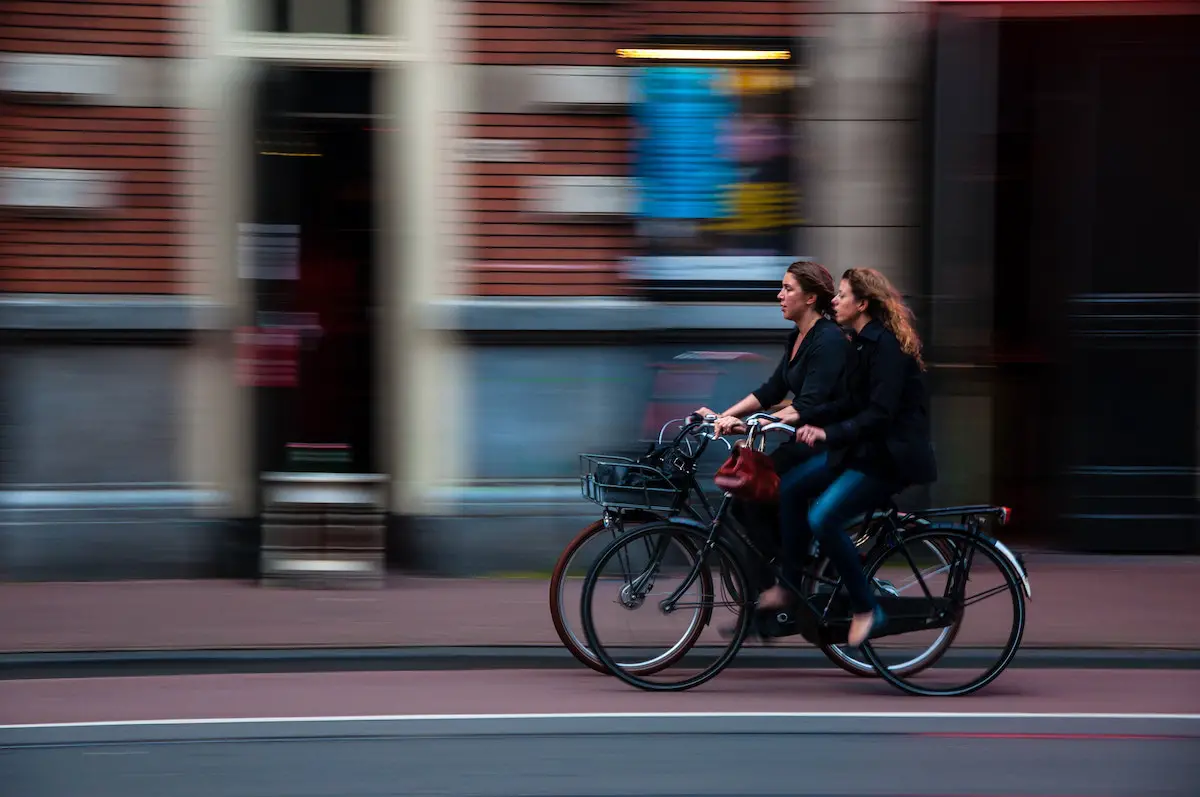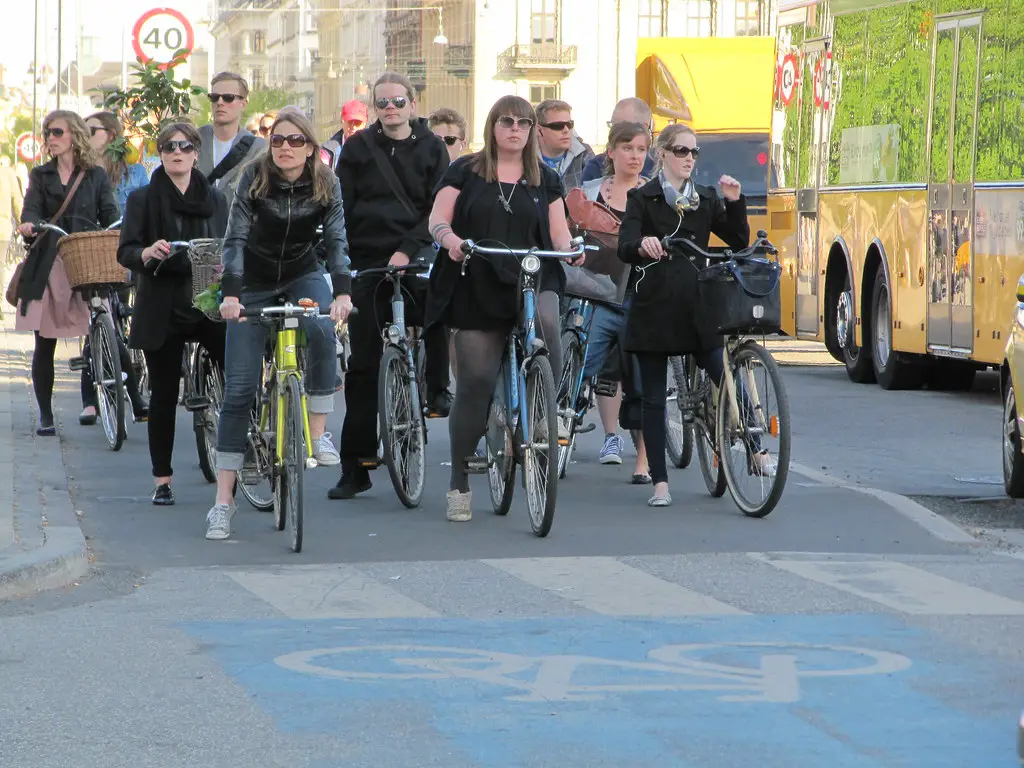These are some tough economic times we’re in. Governments across the globe are trying all kinds of tricks to keep things ticking over, with varying degrees of success (or varying degrees of failure, depending on how upbeat you’re feeling). But could bicycle networks benefit cities, providing a relatively inexpensive way to boost local urban economies?
Transportation is vital in keeping economies going. When the UK’s coalition government came to power in 2010, there was concern over whether London’s expensive Crossrail project – a speedy underground network connecting outer London to the city centre – would continue to be developed. Now it’s being heralded as an opportunity for economic growth. If train networks can boost the economy of a city, could bicycle networks boost the economies of the communities they pass through?
It certainly costs a lot less to implement them. Bike lanes have been praised for giving people ‘freeways for the price of a footpath’, and even though the relative affordability of bicycle networks is beneficial for encouraging their development and maintenance, there are other long term economic benefits.
The way an urban transport system operates has an impact on the way people get around their cities. Due to the physical nature of bicycle use, shorter journeys are more likely, potentially bringing local economic benefits:
When people are walking or cycling, they are likely to shop at a store that is close to where they live rather than driving across town. – Richard Campbell and Margaret Wittgens
A study from Australia attempts to put some figures behind this thinking. Based on data from more than 1,000 survey respondents, Alison Lee found that, even though cyclists spend less on average, improvements to urban bicycle networks still bring retail benefits. Lee suggests that by replacing one car parking space with six bicycle parking facilities, the lower average spend of a cyclist could be multiplied, offering improved revenue opportunities for nearby businesses. Of course, this simple mathematical equation, whilst theoretically true, assumes enough demand to keep the bicycle parking facilities adequately full.
Despite this, Lee’s findings are remarkably similar to a study from the Dutch city of Utrecht which found that whilst bicycle-based consumers spend less per transaction, they make more visits and spend the most collectively. This isn’t the only connection – a German study found similar results, calling cyclists ‘better customers’ due to them making eleven trips per month compared to seven for motorists. And the Swiss are in on it too, where research into parking space profitability found that each square metre of bicycle parking generated €7500 annually compared to €6625 for cars. This seems to confirm basic logic – devoid of any significant storage space, cyclists are likely to spend less and shop more.
Research into local economic benefits other than retail has also suggested benefits. Heidi Garret-Peltier’s 2011 study looked at 58 bicycle network projects in 11 US states, taking into account ‘on-street facilities such as bike lanes and shared streets; off-street facilities such as trails adjacent to roads or converted rail trails; and bicycle equipment such as signs, signals, and parking’. Garret-Peltier found that bicycle network construction projects create an average of 11.4 jobs per $1million invested compared to 7.8 for road-only construction (confirming her earlier Baltimore-specific study which found that bicycle network construction projects generate between 11.7 and 14.4 jobs per $1million)
Garret-Peltier concluded her research by stating that ‘when confronted with a decision of whether or not to include pedestrian and/or bicycle facilities in transportation infrastructure projects, planning officials should do so, not only because of the environmental, safety, and health benefits but also because these projects can create local jobs.’
Of course, the culture, infrastructure, and urban form of each city is different. As a result, the economic effect of bicycle network developments would no doubt differ from city to city. But with numerous studies from different cities the world over repeatedly suggesting positive economic benefits on a local scale, urban bicycle networks could provide our cities with a much-needed economic boost.
Photo: yooperann


